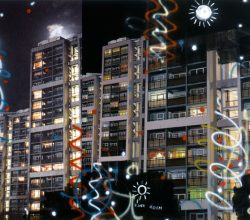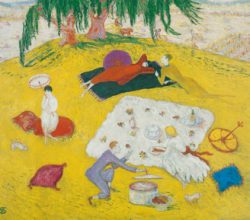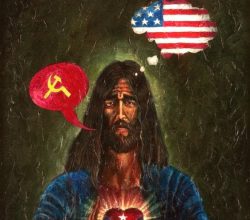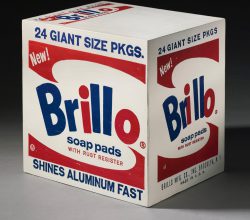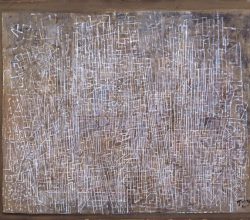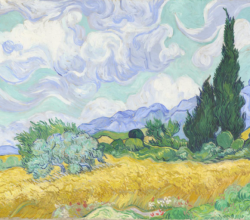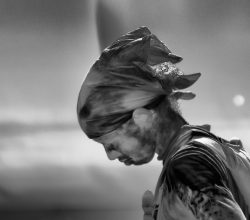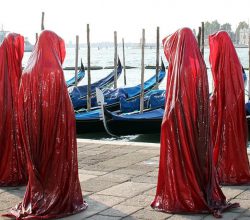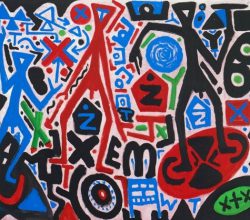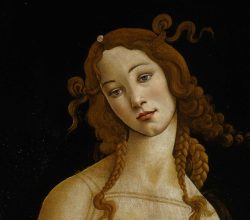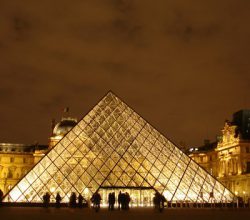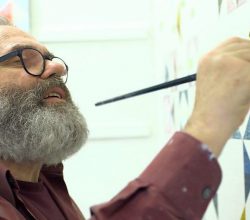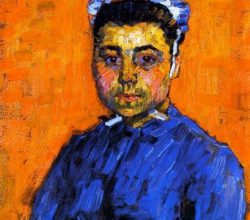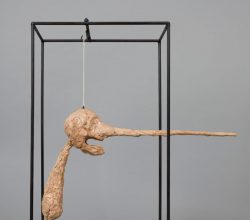
The profound thrill of being spooked – Alberto Giacometti, Tate Modern
Alastair Sooke | The Telegraph | 8th May 2017
Giacometti’s emaciated bronze figures are so famous they almost obliterate everything else about the artist. A London show tries to remedy this. His early Surrealist works “[crackle] with violence and dark eroticism”. The big revelation of the show is his “scuffed and vulnerable plaster sculptures”. They “de-familiarise” his work and give it “the atavistic magic it once had”. An excellent video (4 min) is here.

